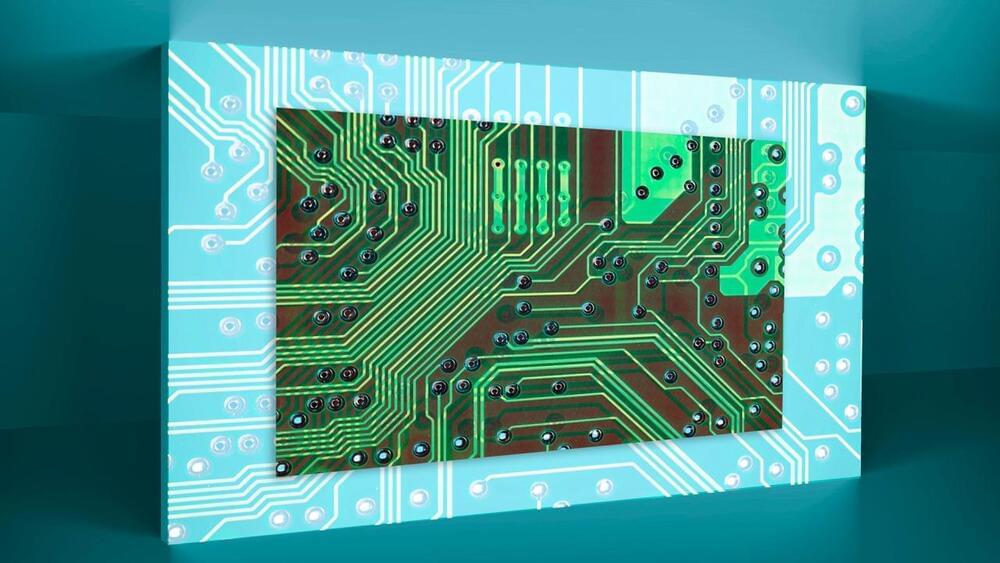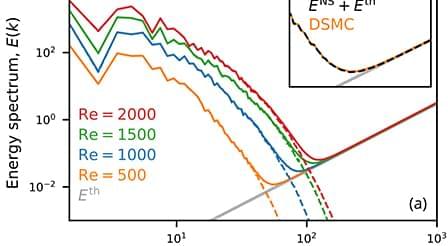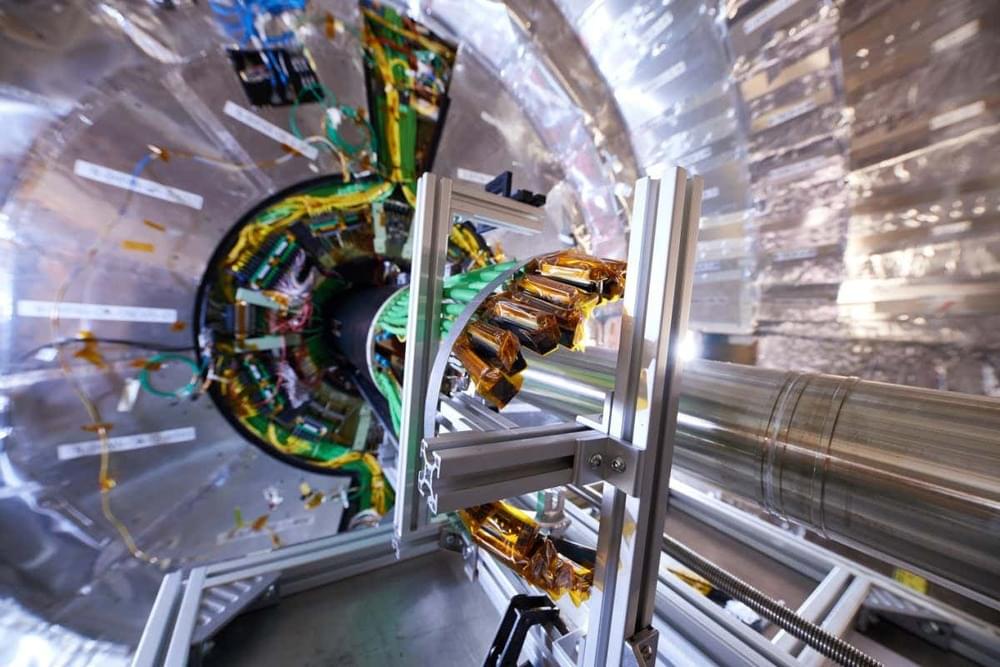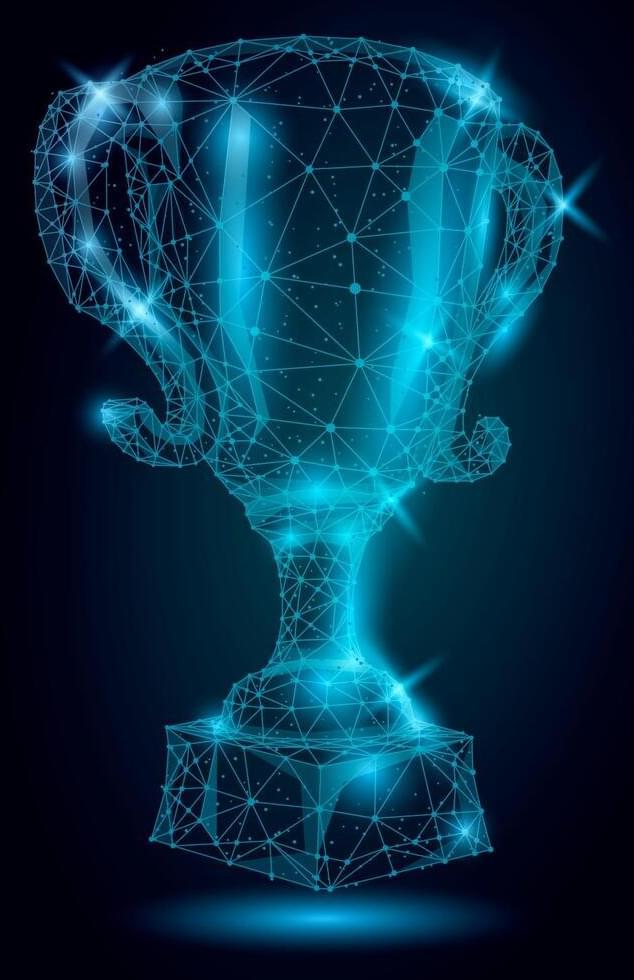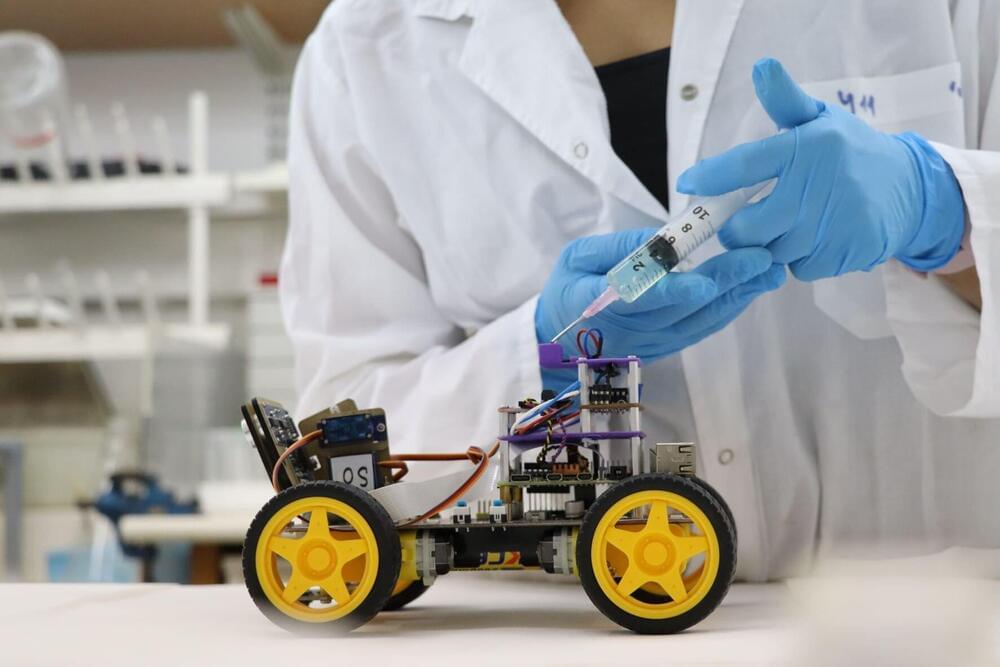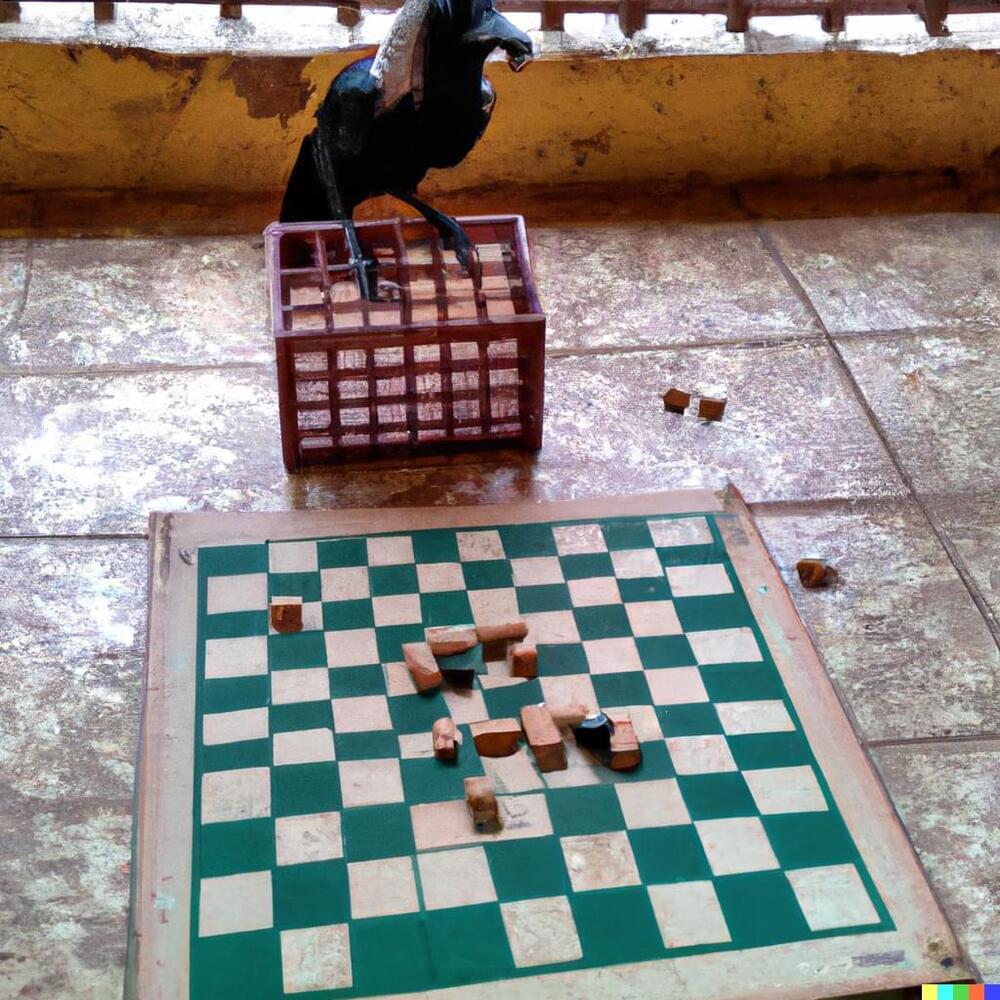Jan 30, 2023
AI Can Now Make Music From Text Descriptions
Posted by Jose Ruben Rodriguez Fuentes in categories: information science, law, media & arts, robotics/AI
As neural networks become more powerful, algorithms have become capable of turning ordinary text into images, animations and even short videos. These algorithms have generated significant controversy. An AI-generated image recently won first prize in an annual art competition while the Getty Images stock photo library is currently taking legal action against the developers of an AI art algorithm that it believes was unlawfully trained using Getty’s images.
So the music equivalent of these systems shouldn’t come as much surprise. And yet the implications are extraordinary.
A group of researchers at Google have unveiled an AI system capable of turning ordinary text descriptions into rich, varied and relevant music. The company has showcased these capabilities using descriptions of famous artworks to generate music.

